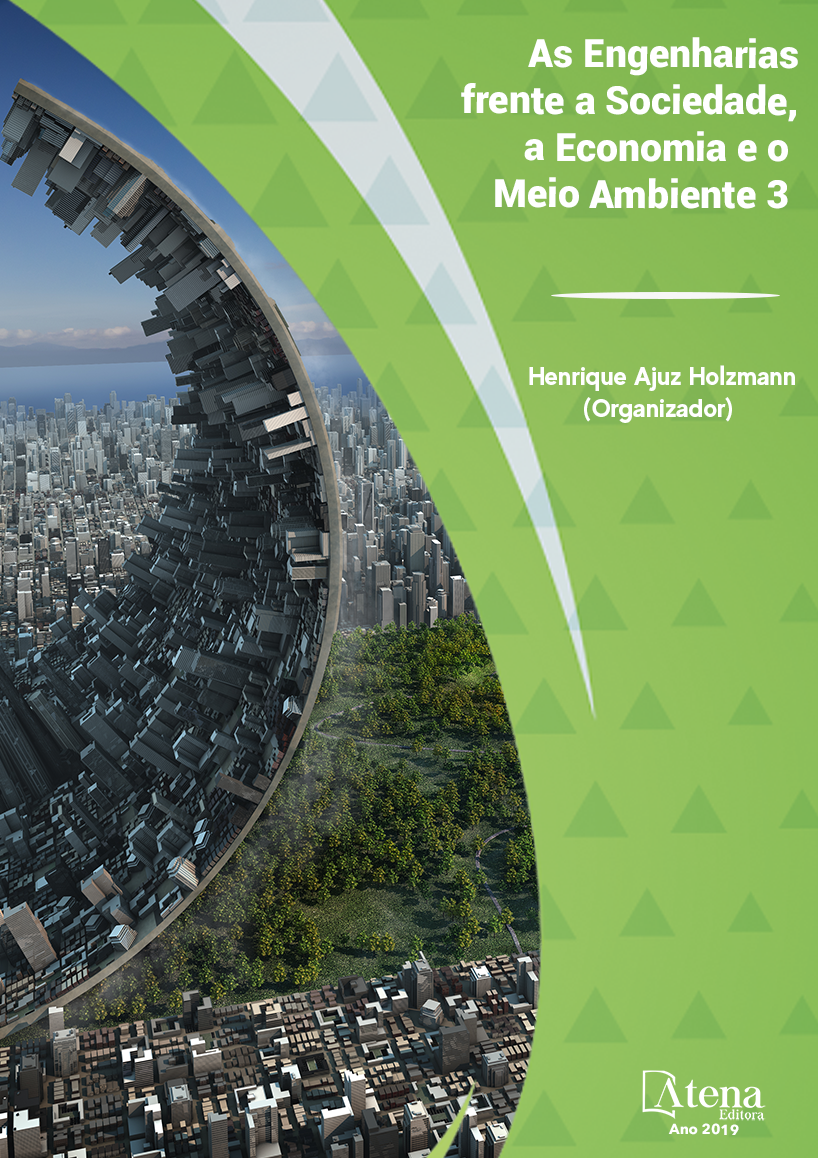
ESTUDO NUMÉRICO DE UM EQUIPAMENTO DE SECAGEM
A maioria dos equipamentos
utilizados atualmente na indústria para secagem
se baseiam em um mecanismo de convecção
forçada. Por este processo frequentemente
possuir baixa eficiência térmica, novos métodos
vêm sendo desenvolvidos ao longo dos anos.
Este trabalho tem como objetivo realizar um
estudo numérico, através do software COMSOL
Multiphysics, em um equipamento de secagem
que tem seu funcionamento baseado em um
processo de irradiação infravermelha oriunda
do aquecimento de um resistor metálico.
Os resultados que o modelo computacional
apresentou demonstraram ser muito próximos
ao do modelo real, com diferença percentual
máxima de 3,26%, validando o modelo simulado
e possibilitando estudos no comportamento do
modelo real através de alterações no modelo
computacional. Foram realizadas investigações
no posicionamento do resistor, onde observouse
que o aumento de sua altura ocasionou
temperaturas maiores no corpo de prova
testado. Investigações na rotação do resistor
demonstraram que o alinhamento de seu
sentido longitudinal com o trajeto percorrido
pelo corpo de prova resultou em aumentos de
temperatura consideráveis, de cerca de 9,8%.
ESTUDO NUMÉRICO DE UM EQUIPAMENTO DE SECAGEM
-
DOI: 10.22533/at.ed.32019250612
-
Palavras-chave: Radiação Térmica, Eficiência Energética, Avaliação Numérica, Engenharia Assistida por Computador.
-
Keywords: Thermal Radiation, Energy Efficiency, Numerical Evaluation, Computer- Aided Engineering.
-
Abstract:
Most drying equipment utilized in
industrial applications nowadays are based in a
forced convection mechanism. Due to the low
thermal efficiency often related to this process,
new methods have been in development
throughout the years. This study is designed to
perform a numerical analysis through COMSOL
Multiphysics software in a drying equipment
whose functioning is based in an infrared
irradiation process that comes from the heating
of a metallic resistor. The results obtained from
the computational model were found to be very
close to the real model, with a percentage difference of 3.26%, validating the simulated
model and allowing for studies in the behavior of the real model through changes in
the computational model. Changes in the positioning of the resistor were investigated,
where it was noticed that increasing its height would result in greater temperatures in the
analyzed proof body. Further investigations in the rotation of the resistor demonstrated
that the alignment of its longitudinal direction with the path followed by the proof body
resulted in substantial temperature increases of about 9.8%.
-
Número de páginas: 15
- Magaiver Gabriel Lamp
- Conrado Mendes Morais
- Ângela Beatrice Dewes Moura
- Eduardo Dal Piva Schuch


